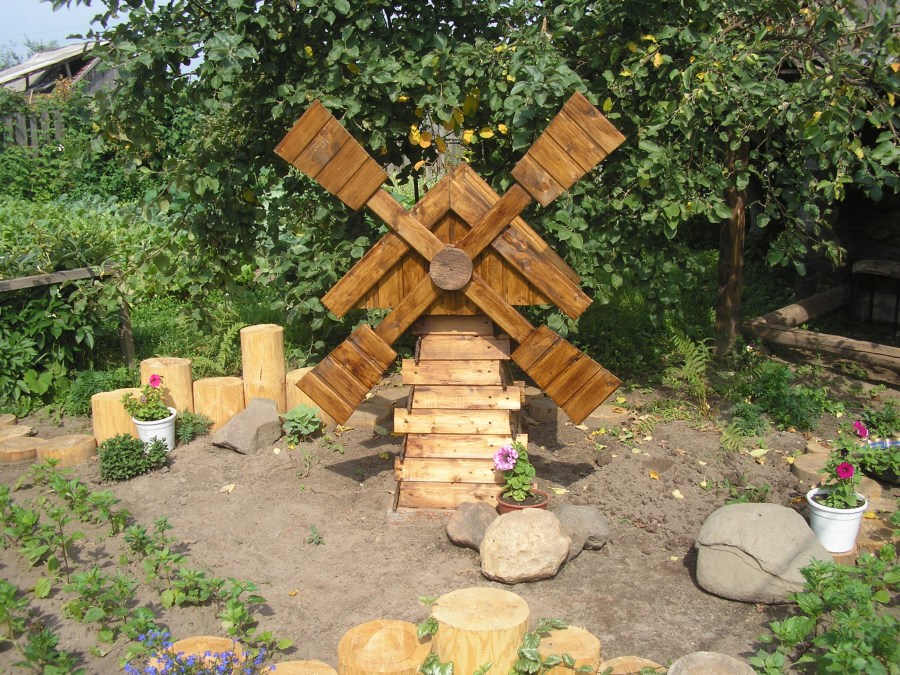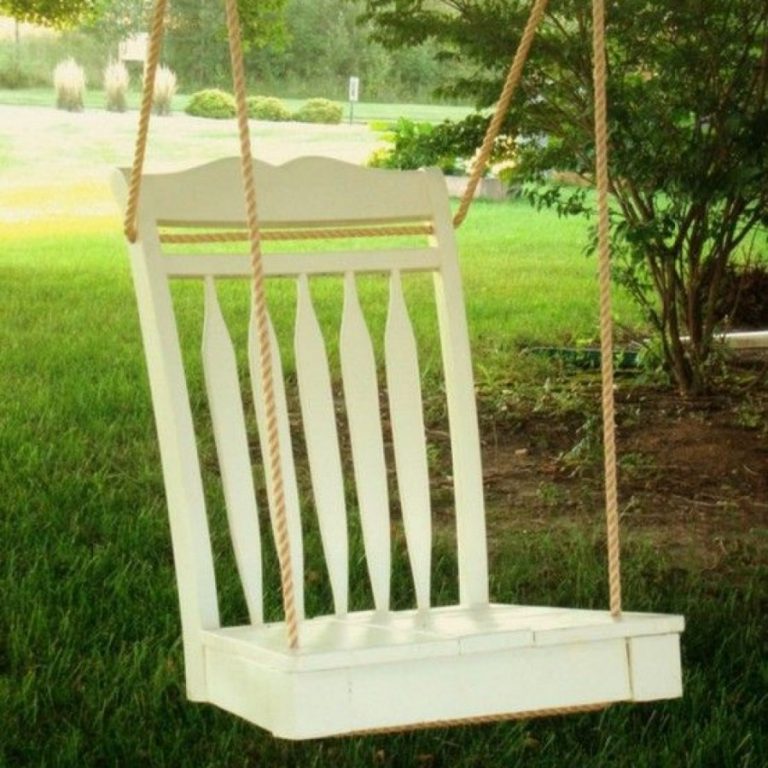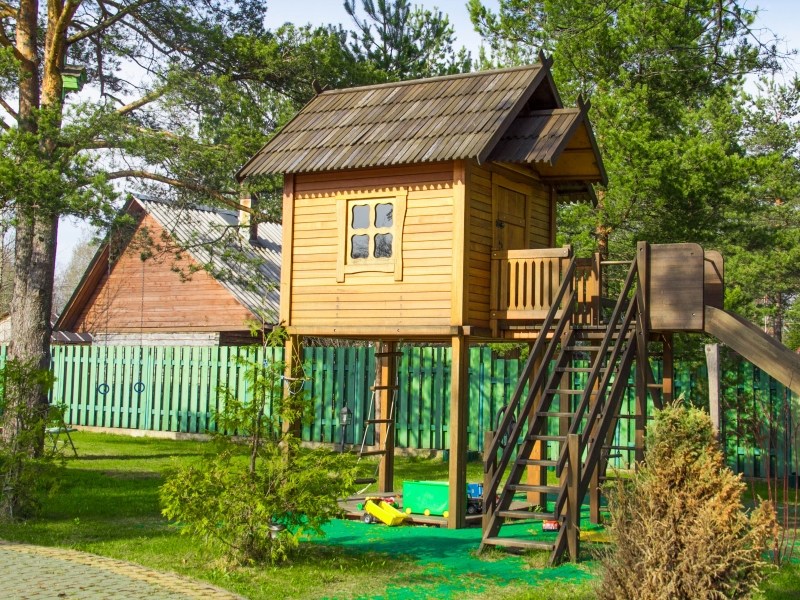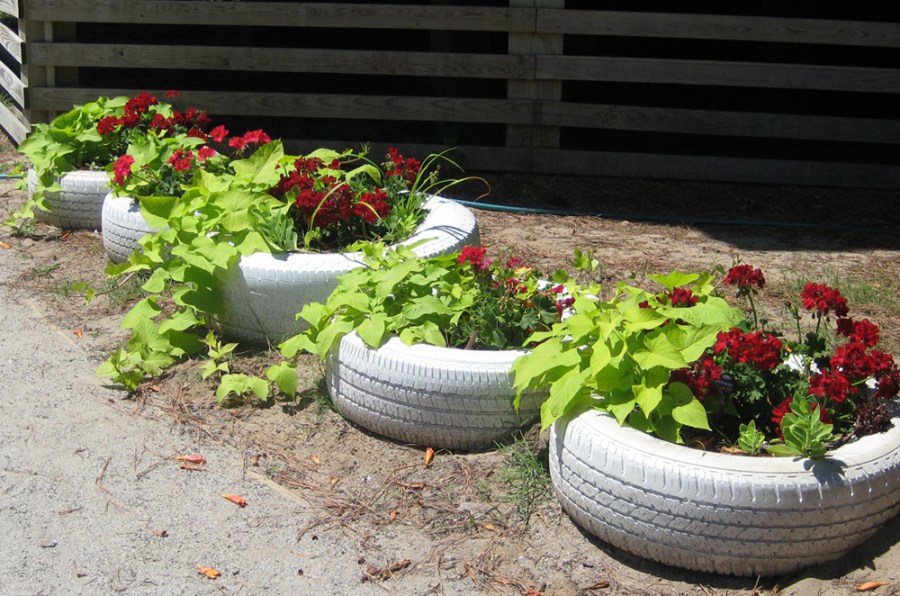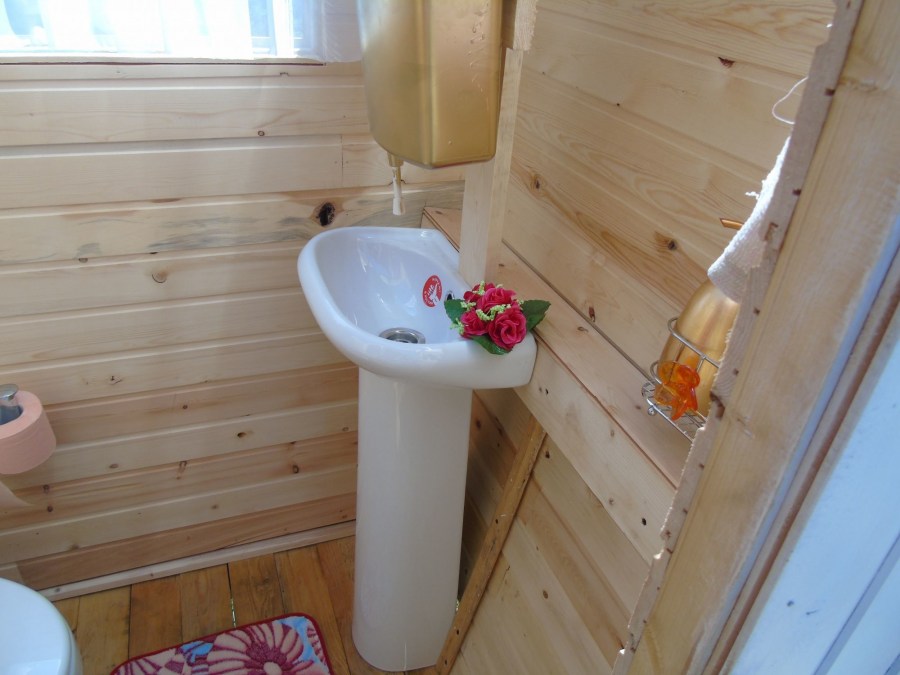Rope ladder: how to do it yourself? 60 photos of application in the design of the playground
Cable ladders, whether to climb the crowns of trees, board a tall ship or go out the window in an emergency, in use as an adventure. They are universal in use when the storage space is at a height or if the vertical distance to the target is not straight and the rigid one will not work.
If you live or work in a building, from your window you can only fall to the ground, and you want to have a convenient way to exit in case of emergency, then a ladder from a rope may be exactly what you need.
How to make a rope ladder if the light goes out in an emergency so that it glows in the dark? This is part of the solution, to determine a faster path to security, in order to understand your location.
Step 1: Overview
A rope ladder is a general term used to describe any type of flexible ladder; they differ from ordinary rigid ones in that they have a flexible stringer (the vertical component is a rope) and usually have rigid jumpers (horizontal elements are steps).
There are several varieties: some use exclusively ropes, some use steel wire, some have plastic steps, and others use wood. Before you begin, study the types and situation in which you intend to use yours to make sure that it is suitable.
This design consists of a wooden upper beam, which is wider than the window opening. The rope is attached to the upper dowel and tied to each successive at equal intervals to make a ladder.
There are other designs, however, the advantage that the rope passes through each step is that it does not slip off the step and the knots do not loosen.
This method removes the load from the wooden top pin, distributing the load on the window frame, leaving the vulnerable center of the top pin without any point load.
 During operation, the force exerted by climbing is transferred to the window frame, and the rest acts upon compression with minimal lateral load.
During operation, the force exerted by climbing is transferred to the window frame, and the rest acts upon compression with minimal lateral load.
It is necessary to mention the mandatory warning: Be smart, use solid wood steps with a sufficient diameter, designed to use a rope ladder, with a rope that is designed to carry the weight of people.
If the hole for the top pin is too large, or the rope is of poor quality, you risk falling off it and causing serious injury.
Step 2: Tools + Materials
Determine your desired location before buying anything. You will need a lot of rope, suitable for holding your weight and enough steps to lower the stairs to the ground from the window.
The rope and steps should match your weight and distance to the ground, the following information is provided to illustrate this example:
- 9.5 mm x 15 m glowing in the dark rope
- 38 mm hardwood dowels - different lengths (depending on the window opening and the desired width)
- drill
- 9.5 mm drill
Step 3: Measure twice
After you have chosen an easily accessible place for your staircase that does not contain any dangers when landing outside, we can take some measurements.
Upper strip: Measure the width of the opening, add + 100 mm on each side. This gap will allow you to place the bar in the opening without falling out.
Crossbeams: Choose a width that will easily allow you to put your feet in and out when descending. To keep everything in order, use jumpers 305 mm (12 in) wide. This will allow you to install a footrest and enough space for it to pass through the shelf on each side.
Rope: All of them will have a weight limit printed on the package or on the sticker if you buy in bulk. Make sure you choose the rope that is right for your needs.
This design has a number of nodes in the rope, since the total length of the rope should be longer than the distance to the site for the nodes.
A bit of math: The distance from the hole to the ground is 580 cm. Illustrated in step 6, each knot used about 5 cm (2 inches) of rope. This design requires a knot above and below each rung, using 10 cm (4 in.) For each step.
Step 4: Cut the steps
Your local lumber store should have long round sticks. When choosing a thickness, based on the weight of the heaviest person who will use this rope ladder.
Using hardwood is more expensive, but it will be stronger if you only have soft wood, consider increasing the thickness so that they hold your weight or use a shorter width. Inspect each stick to make sure there is no deformation, splitting, or other defects.
Upper Crossbar: Once you have assembled your forest, select the simplest and cleanest piece for your upper crossbar.
From previous measurements: window opening: 103 cm, clearance on each side: 2 × 10 cm, upper bar length: 123 cm
Crossbeams: This design requires a 30.5 cm (12 in) wide stair tread.
When you are done, you should have one long segment and several short ones of the same length for your steps. Gather your blanks and head home to finish production.
Step 5: drill each stick
A rope in the ladder passes through each side of each step, the advantage of this design is that the rope does not slip off the step and the knots will not untie.
Upper step: Remember the photo of the rope ladder in step 3, when we make an additional 100 mm clearance on each side? Mark 100 mm (or any other distance necessary for your opening) from each end of the fixed crossbar.
Crossbeams: For each step, two identical holes are required, drilled close to the end on each side. Marks were made with 38 mm (1.5 in.) From each end.
Once you have made the marks, it's time to start drilling. Choose a drill that is the same size or slightly larger than the diameter of the rope.
Note: Not a fan of drilling through each shelf? There are several other rope ladder designs that you might want to study, some use a fastener to fix on each, some use a mechanical fastener, or you can use a knot around each instead.
Step 6: Measure the frequency of nodes
The distance between each step is a personal preference. Many traditional staircases have a step interval at 25.5-30.5 cm.This creates a “square” effect when viewing (the space between each step, framed by long ropes of the same size).
This image shows that with every knot that is tied, the rope is cut by about 5 cm (2 inches). Since this design has a knot above and below each step, for each loss is 10 cm (4 inches).
Step 7: Build
After you have drilled all your sticks, it's time to assemble all the parts. Start with the hole on the lowest rung and make your way to the upper bar.
Lay out your two straight long ropes, start with a knot at the end of each rope and pull into a shelf. Then tie a shelf on each side, measure about 30.5 cm (12 inches) and tie another knot. Then to another shelf and tie. Repeat for each side until all steps are screwed and tied.
This helps to tighten the rope a little when you assemble it, try to fix the lower shelf when it is tied, and keeping the tension on both sides even during winding / tying.
The top dowel is tied in the same way only with some additional space between the top dowel and the first step in order to take into account the difference in width between the hole and the step.
Step 8: Glow in the Dark
Just in case, when the lights are turned off at night, an eerie green glow will help you find your staircase in the dark, I hope it helps you slip away.
Step 9: Be careful
It can save your life, however, keep in mind that this is not the only possible way to escape in case of emergency, but you should always have a backup plan if your main exit route is not available. This is not the only application, it can still be used as a children's rope ladder.
You made the rope ladder with your own hands and gained the experience based on the design shown here? Share your creations and ideas in the comments below.
Photo of a rope ladder
Lawn care - 140 photos and job description for the whole year
Entrance to the site: 95 photos of the correct construction of a reliable access road
Unabi - what are the useful properties and contraindications of this tree
Join the discussion:

























